Why SEO is important for business?
SEO is important because it keeps the search results fair.
The higher you rank in results pages, the more clicks and traffic your site will generate.
SEO also improves user experience, making it more likely for customers to become repeat buyers. And SEO is cost-effective.
What Are SEO Best Tips?
SEO best tips are a set of tasks designed to help improve a website’s search engine rankings.
Common search engine optimization best practices include on-site optimization, researching keywords, and building backlinks to a site.
Put another way:
There are a million things you can do to get higher Google rankings.
But it’s important to get the basics down first.
In other words: you want to make sure that your site follows current SEO best practices. That’s the foundation.
Then, once you get your foundation in place, dive into new and advanced approaches.
With that, here are the 10 most important SEO best practices you need to know in 2021:
1. Add Your Main Keyword Early On In Your Content
It’s no secret that you want to use your keyword a handful of times on your page.
But you may not know that the location of your keyword also makes a difference.
Specifically, you want to mention your main keyword at least once at the top of your page.
Why does this matter?
Google puts more weight on terms that appear at the top of a webpage.
2. Write Unique Titles, Descriptions and Content
Avoiding duplicate content is one of the most important SEO best practices to keep in mind.
In fact, Google has stated that you should avoid “duplicate or near-duplicate versions of your content across your site.”
And this rule applies to every piece of content on your website, including:
Title tags
-Meta description tags
-Ecommerce product pages
-Landing pages
-Image alt text
-Category pages
-Basically: if you publish a page on your site, the content on that page has to be 100% unique.
If you run a small blog with a homepage and a bunch of blog posts, this rule is pretty easy to follow.
But if you’re an ecommerce site owner with thousands of products, writing unique content for each page can be tricky.
Tricky… but worth it!
3. Optimize Your Title Tag for SEO
When it comes to on-page SEO, your title tag is KEY.
Google has even said that: “it’s important to use high-quality titles on your web pages.”.
Here’s how to get the most out of your page’s title tag:
Front-load Your Main Keyword: “Front-load” simply means that you start your title tag with your target keyword.
Why is this important?
Well, search engines pay close attention to the terms that you use in your title tag. Which is why you want your keyword in your page title.
But what you may not know is that Google also puts more emphasis on words and phrases that show up early in your title tag.
So if it makes sense, start your title off with the keyword that you want to rank for.
For example, I currently rank #1 for the super competitive term “ecommerce SEO”.
And my title tag starts off with that exact phrase.
Sometimes it’s not possible to use your keyword that early on because it will make your title tag look weird. Yes, search engine optimization is important. But your title tags need to be useful for users too.
Write Compelling, Shareable Titles: Your title tags should make people want to click on your page to learn more.
Why?
When lots of people to click on your result in Google, you can find yourself with higher rankings for that term.
Which is why, once my SEO-stuff is taken care of, I then start optimizing my title for clicks and shares.
In other words:
I try to write title tags that are interesting, compelling and push people to share.
4. Optimize Your Site’s Loading Speed
Google usually doesn’t talk publicly about the ranking factors in their algorithm.
So when they talk a lot about a specific ranking signal, you KNOW it’s a big deal.
Site loading speed is one of those rare ranking factors.
Which is why I highly recommend making your site load as quickly as possible.
Your first step is to benchmark your site’s current loading speed. That way, you know where you’re at before you start making changes.
I recommend the super-helpful PageSpeed Insights tool.
After all, the recommendations you get from this tool come from Google themselves.
Plus, it doesn’t just tell you if your page is fast or slow. The tool gives you a detailed report that includes ways you can improve.
Either way, here are a few ways you can improve your site’s loading speed.
Compress Images: This is a big one. Images tend to make up the bulk of a page’s size (in terms of KB). Which is why I recommend using a tool like Kraken.io to shrink your image sizes.
Use Lightweight Themes: Bulky WordPress themes can slow things down. So if your theme isn’t optimized for speed, consider switching to one that is.
Use Lazy Loading: Lazy loading images can boost your site’s loading speed by 50% or more. The downside is that images show up as users scroll down the page, which isn’t great for UX. So it’s a tradeoff.
Use a CDN: CDNs serve images and other media on your site on servers that are close to your users.
5. Track Your Results With The Google Search Console
If you don’t have the Google Search Console setup, you’re flying blind with your SEO.
The Search Console is like a live dashboard that lets you know how your site is doing in the SERPs (Search Engine Results Pages).
6. Optimize Images for SEO
Image SEO isn’t just for ranking in Google Images.
Google recently reported that properly-optimized images can help your pages rank higher in Google web search.
So if you use images on your page, you want to make sure they’re optimized for SEO.
Fortunately, this is REALLY easy. All you need to do is keep these two image SEO best practices in mind.
Name Your Images With Descriptive Filenames: Google can’t “see” images (yet). And your image’s filename is one thing that helps them understand the content in your image.
For example, let’s say you have an image of pancakes on your site.
You wouldn’t want to name that image something like: image89.png.
Instead, use a filename that describes what’s in your image.
Use Image Alt Text: Google has said that they largely rely on alt text to understand images.
It takes a few extra seconds to write alt text for each image. But in my experience, it’s worth it.
For example, you wouldn’t want your picture of pancakes to have alt text like this.
Just like with your filename, you want to write descriptive alt text that lets search engines know what your image is all about.
7. Use Internal Linking
Internal linking is one of the easiest SEO best practices to use.
All you need to do is add a link from one page on your site to another page on your site.
That said, you don’t just want to add a bunch of random internal links. Yes, random internal linking is probably better than no internal linking at all.

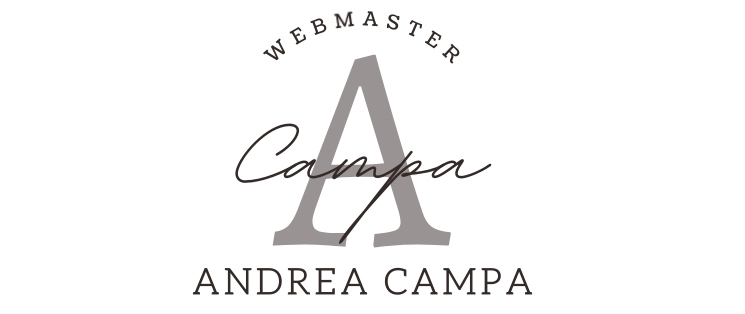
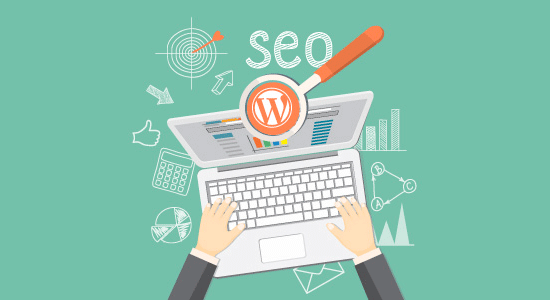

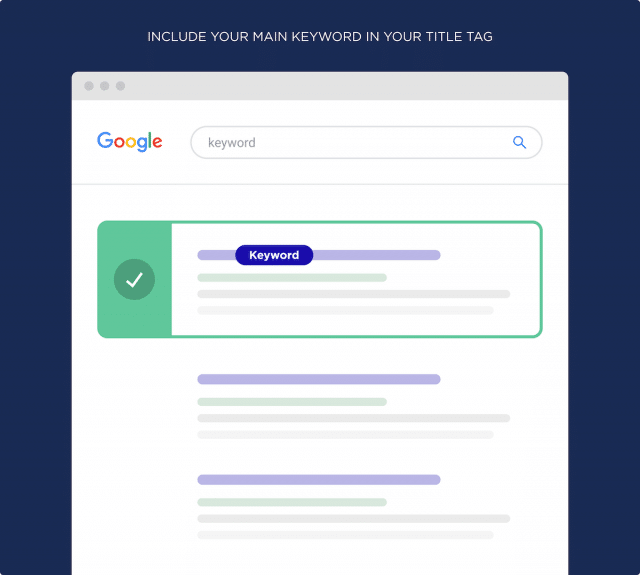
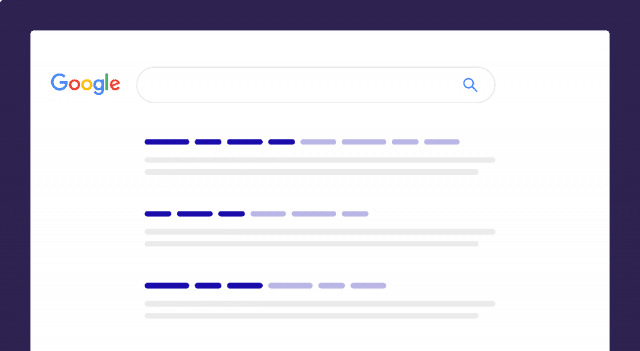

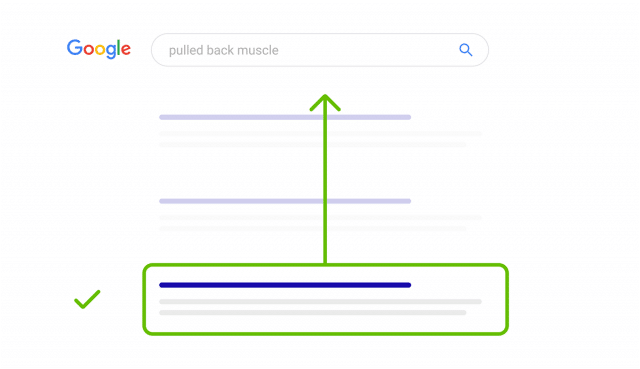
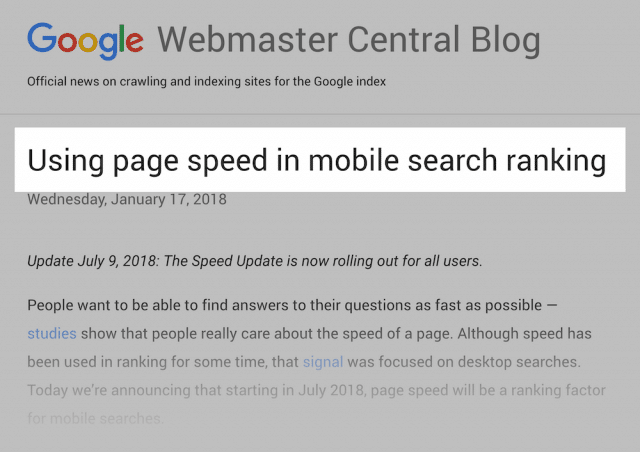

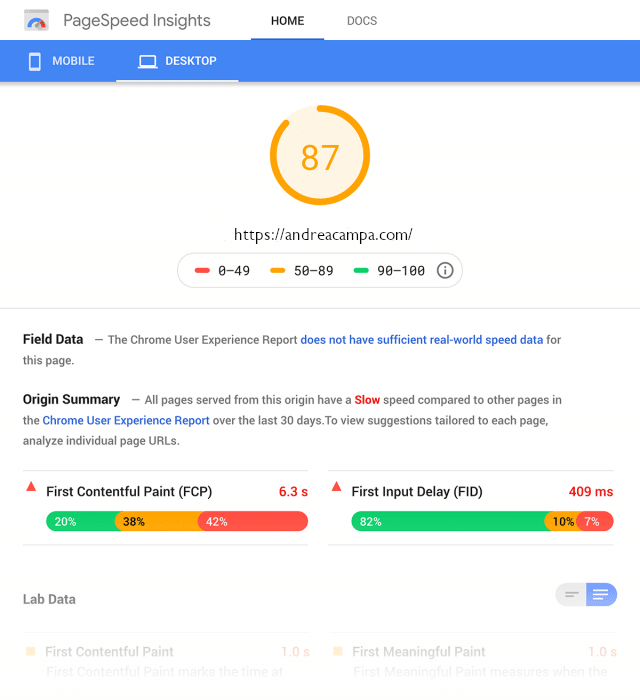

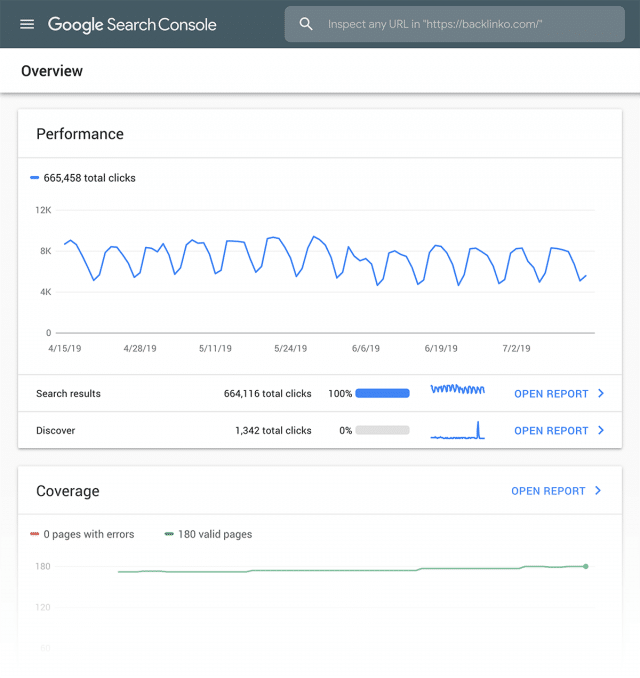
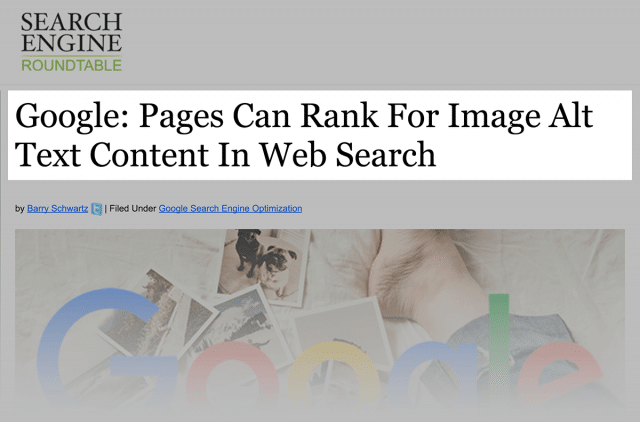
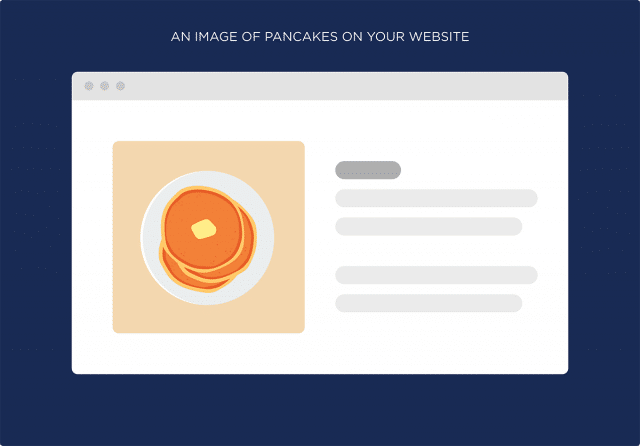

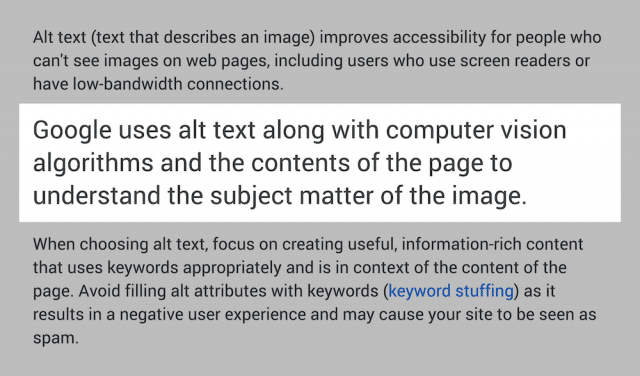
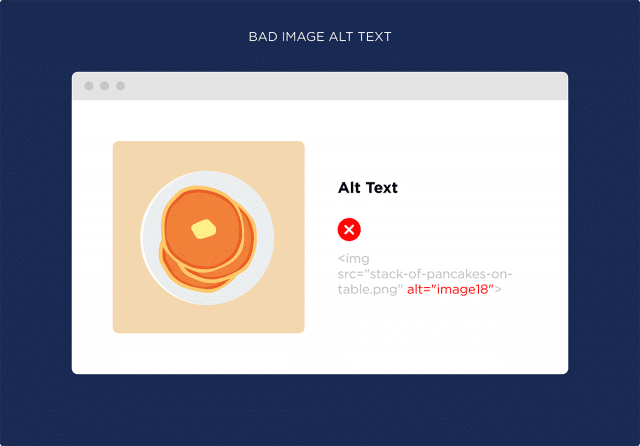


No Comments